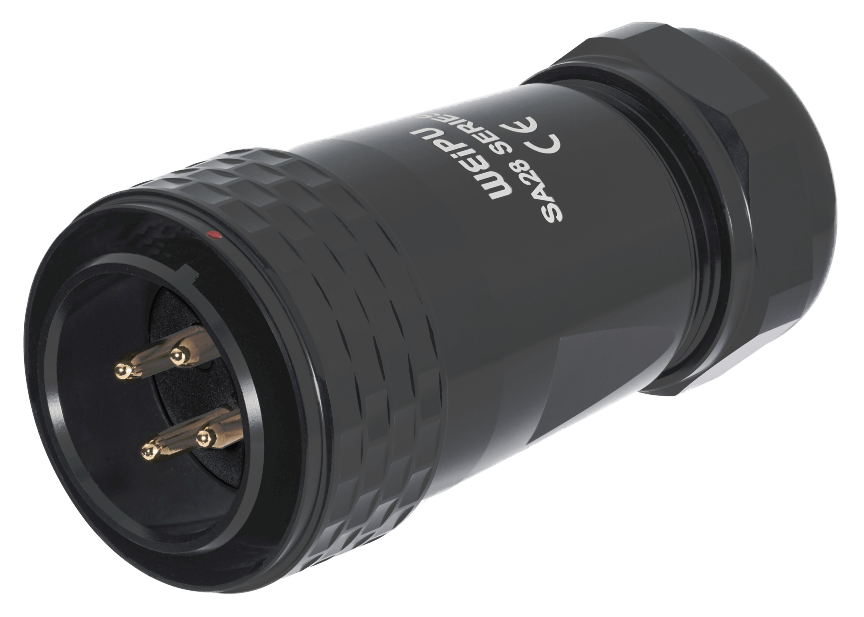- Joined
- May 4, 2022
- Messages
- 492
- Likes
- 519
- Thread Starter
- #41
What do you call that connector?
It is a circular connector with push-pull locking. The manufacturer is Weipu. It is in the WEIPU IP67 - Large SA28 series. There are different pin configurations available - see the section "Solder Spec".

SA28 - WEIPU
WEIPU Connector SA series: Large size SA28 with IP67 waterproof connector is made of anodized aluminum, specially designed for applications that require fast connection and are easy to connect. It has multi-color options with black, silver, red, blue, and green.
 www.weipuconnector.com
www.weipuconnector.com
They have a lot of different connectors. You may be able to use something smaller, like the SA20 or SA24, depending on the size of your cables.
